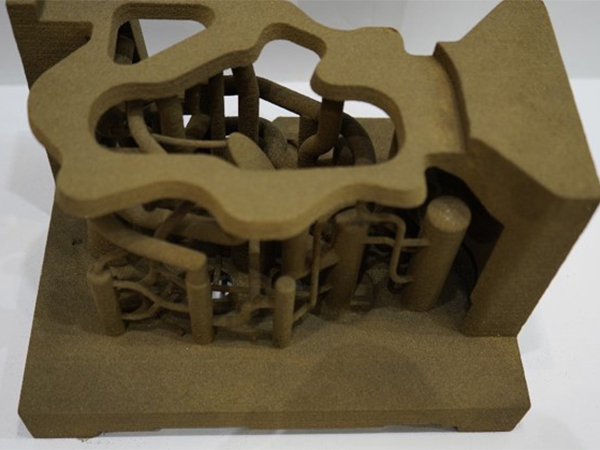How to Sand Cast A Comprehensive Guide
Sand casting, also known as sand mold casting, is one of the oldest and most widely used metal casting processes. It involves creating a mold from compacted sand that can withstand molten metal. This method is favored for its simplicity, flexibility, and capability to produce intricate shapes. Here’s a detailed guide on how to sand cast effectively.
Materials Needed
Before you start the sand casting process, you'll need to gather several materials
1. Pattern This can be made of wood, metal, or plastic, representing the object you want to cast. 2. Sand Special foundry sand is preferred for its fine grain and ability to hold shapes. 3. Binders Such as clay, which helps the sand retain its shape. Water may also be added to enhance bonding. 4. Molten Metal Common metals used include aluminum, bronze, and iron. 5. Tools These include a shovel, a rake, a trowel, a vibrator (for compacting sand), and safety gear like gloves and goggles.
Step-by-Step Process
1. Create the Pattern
The first step in the sand casting process is to create a pattern of the object you wish to cast. The pattern can be a simple prototype or a detailed model. Remember that the pattern should include allowances for shrinkage and other factors, so it's often slightly larger than the desired final product.
2. Prepare the Sand Mixture
The quality of your sand mixture is crucial for a successful sand casting. Combine silica sand with clay and water. The typical ratio is about 90% sand to 7% clay and 3% water. The mixture should be damp but not overly wet, allowing it to easily hold its shape yet be pliable enough to work with.
Once your pattern and sand mixture are ready, it’s time to create the mold
how to sand cast

- Place the Pattern Begin by placing the pattern on a flat surface and surrounding it with sand. Use a “flask,” a frame to contain the sand, which can be split into two halves (cope and drag). - Compact the Sand Pack the sand firmly around the pattern. A mechanical vibrator can assist in tightly compacting the sand, ensuring that it takes on the shape of the pattern without air pockets.
- Remove the Pattern Once the sand is compacted, carefully remove the pattern from the mold. This may require lifting the flask to expose the pattern, allowing you to gently pull it out without damaging the mold.
4. Add Pouring Gates and Vents
After the pattern is removed, create the pouring gates and vents. These are openings that will allow molten metal to enter the mold and enable gases to escape during the pouring. The size and location of these features are crucial – they should facilitate a smooth flow of metal while avoiding air pockets.
5. Pouring the Metal
Now, with your mold ready, it’s time to melt the metal. Use a furnace suitable for the type of metal being cast. Once the metal reaches the appropriate temperature, carefully pour it into the mold through the pouring gates. Make sure to do this slowly to minimize splashing and ensure that the mold fills completely.
6. Cooling and Finishing
Allow the metal to cool and solidify. This can take anywhere from a few minutes to several hours, depending on the thickness of the casting. Once cooled, remove the sand from around the casting. Depending on the complexity of the shape, this may require some force or the use of tools.
7. Cleaning and Finishing the Cast
Finally, the casting will likely need some finishing touches. This may include sandblasting to remove any residual sand and polishing to achieve a smooth surface. You might also want to trim any excess material or sprues left over from the pouring gates.
Conclusion
Sand casting is a versatile and accessible method of metalworking that has been utilized for centuries. While it requires careful attention to detail and safety precautions, the satisfaction of crafting your cast metal objects is well worth the effort. Whether you're a hobbyist or an aspiring professional, mastering sand casting opens up a world of possibilities in metal fabrication. With practice, you can refine your technique and create increasingly complex and impressive projects. Happy casting!
Post time:டிசம்பர் . 05, 2024 14:25
Next:3d printer sand
